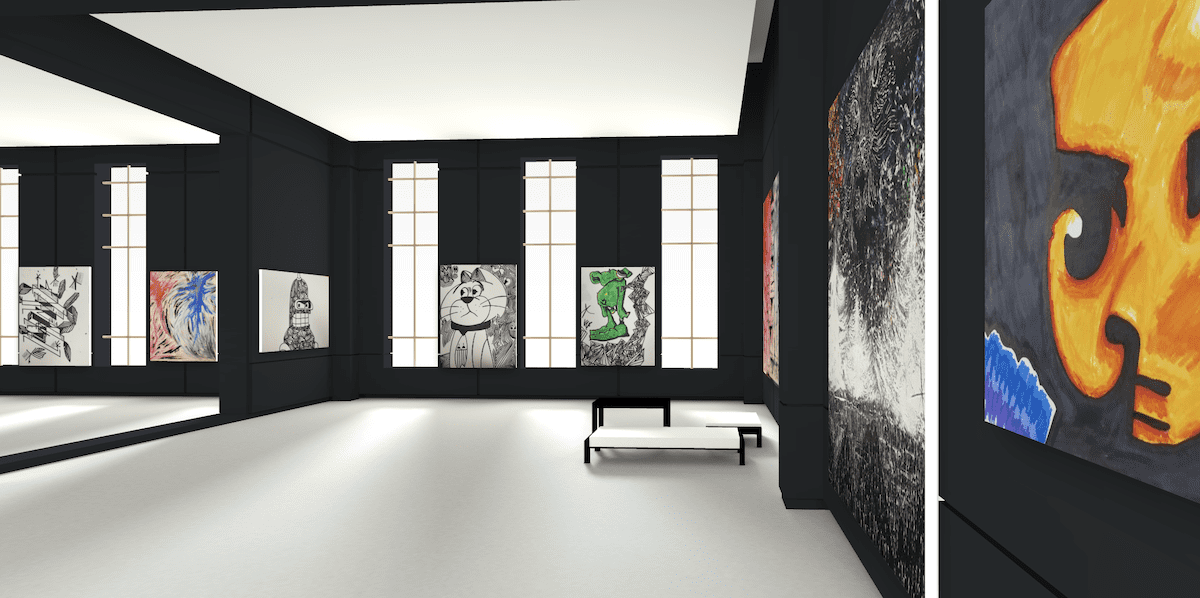Introduction
In this digital age, technology has revolutionized the way we experience art and entertainment. Traditional art galleries and exhibits are no longer the only options for art enthusiasts and curious individuals. The emergence of virtual galleries and exhibits has opened up a whole new world of possibilities, allowing people to explore and engage with art in innovative ways. In this article, we will delve into the realm of digital art and entertainment, and discover the exciting opportunities it offers.
The Rise of Virtual Galleries
Virtual galleries have gained immense popularity in recent years, providing a unique platform for artists to showcase their work and for art lovers to immerse themselves in a virtual art experience. These online spaces recreate the ambiance of a physical gallery, allowing visitors to navigate through different rooms and view artwork from various angles.
One of the advantages of virtual galleries is their accessibility. Unlike traditional galleries that have limited opening hours and geographical constraints, virtual galleries can be accessed anytime and from anywhere in the world. This accessibility has made art more inclusive, enabling artists to reach a wider audience and allowing individuals to explore diverse art forms and styles from the comfort of their own homes.
Virtual galleries also provide interactive features that enhance the overall experience. Visitors can zoom in on artwork to examine the finer details, read artist statements, and even engage in virtual conversations with artists and fellow art enthusiasts. These interactive elements add a new dimension to the traditional gallery experience, fostering a sense of community and connection.
Exploring Virtual Exhibits
In addition to virtual galleries, virtual exhibits have become increasingly popular, offering a dynamic and immersive way to engage with art. These exhibits often incorporate elements of virtual reality (VR) and augmented reality (AR) to create an interactive and captivating experience.
Virtual exhibits can take various forms, from curated collections of artwork to thematic exhibitions that explore specific topics or movements. These exhibits can be accessed through dedicated platforms or websites, and often feature multimedia elements such as videos, audio guides, and 3D renderings, providing a multisensory experience for the viewer.
One of the advantages of virtual exhibits is their ability to break down barriers. Visitors can explore exhibits that may be physically inaccessible due to distance, cost, or other constraints. This opens up new avenues for cultural exchange, allowing individuals to engage with art and exhibitions from different parts of the world.
Virtual Reality and Art
Virtual reality has revolutionized the way we perceive and interact with art. With VR technology, users can step into a virtual world and experience art in a completely immersive way. Museums and galleries are increasingly incorporating VR into their exhibits, offering visitors a chance to transport themselves to different eras, cultures, and artistic styles.
VR technology also allows artists to create entirely new art forms and experiences. Artists can design virtual environments, sculpt digital objects, and even create interactive installations that respond to the viewer’s movements and gestures. This fusion of art and technology opens up endless possibilities for creativity and experimentation.
Conclusion
Virtual galleries and exhibits have transformed the art and entertainment landscape, providing exciting opportunities for artists and art enthusiasts alike. The accessibility, interactivity, and immersive experiences offered by these digital platforms have revolutionized the way we engage with art, making it more inclusive, diverse, and dynamic. As technology continues to evolve, we can expect even more innovative and immersive digital art experiences to emerge, further blurring the boundaries between the physical and virtual worlds.



































